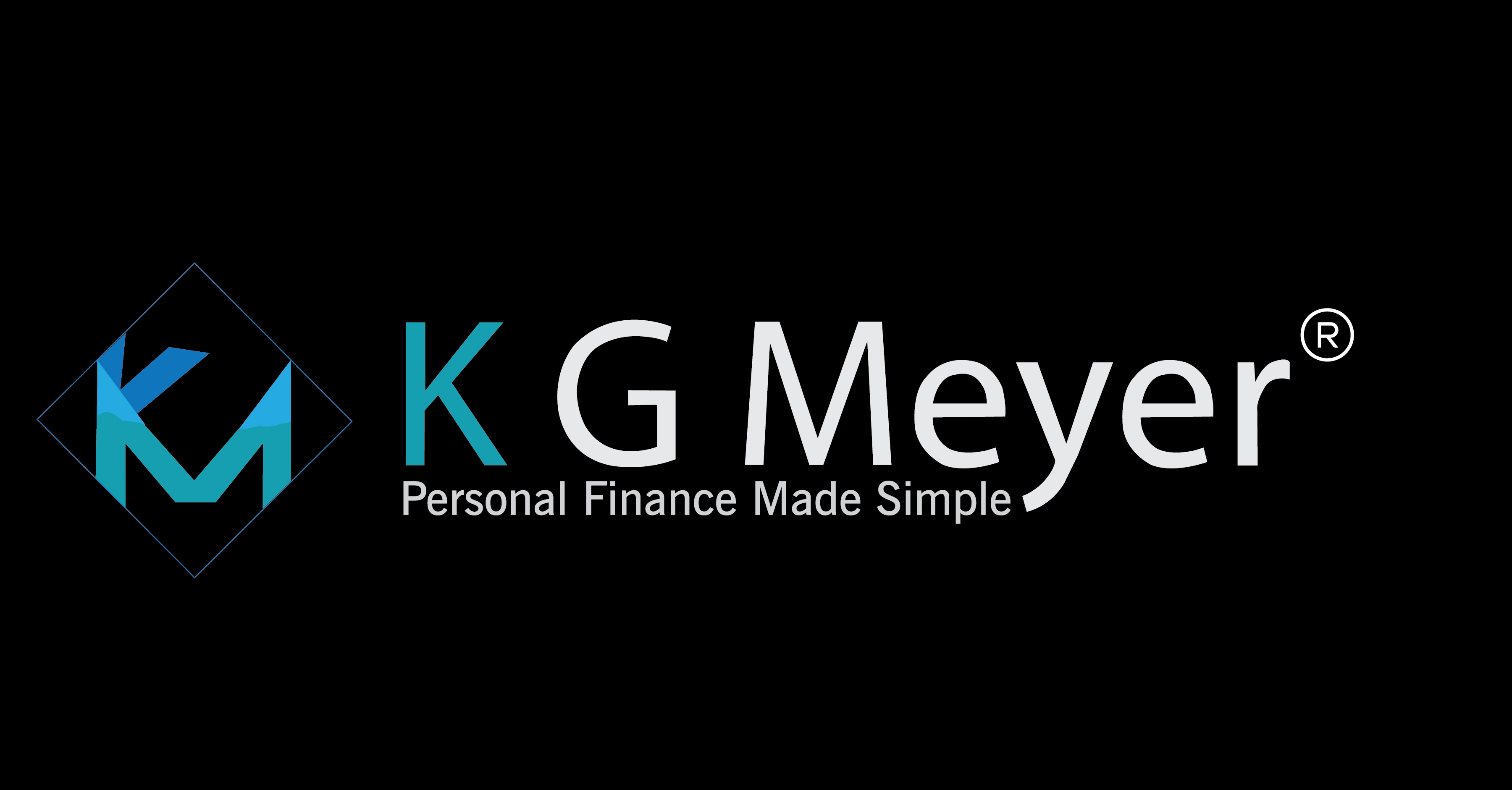What to do with your cash at the present time? That is a question I get a lot from people, and I am sure you are wondering about that as well. To be honest, there are a few options, and to be honest, none are exactly great. But there is one option that I think does have some merit and I have been using it for about six months now. More on that a little later on. But first, we will go through some of the more common uses of your cash in a low-interest-rate environment.
Savings Accounts
To be honest, this is not a very exciting option, but provided you select wisely, you will earn a little interest in addition to being insured by the FDIC. Frankly, anything over 1% is considered a win for a savings account, and you will be lucky to get that in a traditional bank. That is why you will need to venture to the world of online banks to get better rates. While not paying the highest rate, Marcus by Goldman Sachs pays 1.3% and has no minimums to open an account. All you need to do is link your checking account to your account there, and you are free to deposit and withdraw within the limits of their terms of use. To learn more about Marcus, visit https://www.marcus.com.
According to Bankrate, the bank currently paying the highest interest rate on a savings account is Vio Bank at 1.35% with a $100 minimum t open an account. It is a relatively new bank that opened in 2018. It is a division of MidFirst Bank, which was founded in 1911 in Oklahoma City and a member of the FDIC, meaning its deposits are insured up to $250,000. With this option, there is a $5 per month dormant account fee for an account that has not had any activity in the previous 12 months. To learn more about Vio Bank, visit https://www.viobank.com/.
Savings Bonds
If you are looking for safety, as many are, then you might consider US Savings Bonds. Yes, there are some tax advantages for those of you that live in states with an income tax. And if the bonds are used for a qualified education expense, the interest can be tax-free in many instances. There are two varieties of Savings Bonds offered by the Treasury, and they are Series EE and Series I. Currently, the Series EE pays a fixed interest rate of 0.1% for up to thirty years.
The Series I Bond has two components to its interest rate. Like the Series EE, they will pay interest for up to thirty years, but unlike a Series EE the interest rate on a Series I Bonds reset every six months. The two components of the Series I interest rate has a fixed part which is currently 0.00%, and that is set for the life of the bond. And then, there is the semiannual inflation component of the bond, currently 1.06%. The semiannual rates are set each May 1st and November 1st. To purchase US Savings Bonds, or any Treasury bill or bond, visit https://treasurydirect.gov/tdhome.htm.
Worthy Bonds
I am guessing that most of you were like I was in late December when I discovered Worthy Bonds. Worthy Bonds are bonds that are used for small and medium-sized businesses to operate and are collateralized with assets worth more than what the borrowed amount is from Worthy. That means that these bonds are safe and secured debt obligations of the borrowing business. And the part that is exceptional for you as the purchaser of these bonds is that they have a 36-month duration, pay a compounded interest rate of 5%, and can be purchased in blocks as small as $10.
To purchase a Worthy Bond, you simply link your checking account to their platform. Once that is completed, you are free to buy bonds in $10 increments, set up weekly or monthly automatic purchases on Tuesday’s and can cash them out at any time. They also have a feature similar to the Acorns Investing platform, where you can invest your linked account’s roundups to purchase bonds when that amount reaches $10. And when your accumulated interest reaches $10, they purchase a bond for you.
If you are interested in opening an account with Worthy and use my custom link, we each will receive a $10 Worthy Bond that is ours to keep once the account has been open and active for at least 90-days. To open and receive your free bond, simply go to Worth Bonds.
Where are you stashing your cash? Let me and other readers know your plans for the cash you have accumulated. And if you need assistance, reach out to me directly or any fee-only Registered Financial Consultant. And to join our newsletter and bonus PDF, simply fill out the form below.



